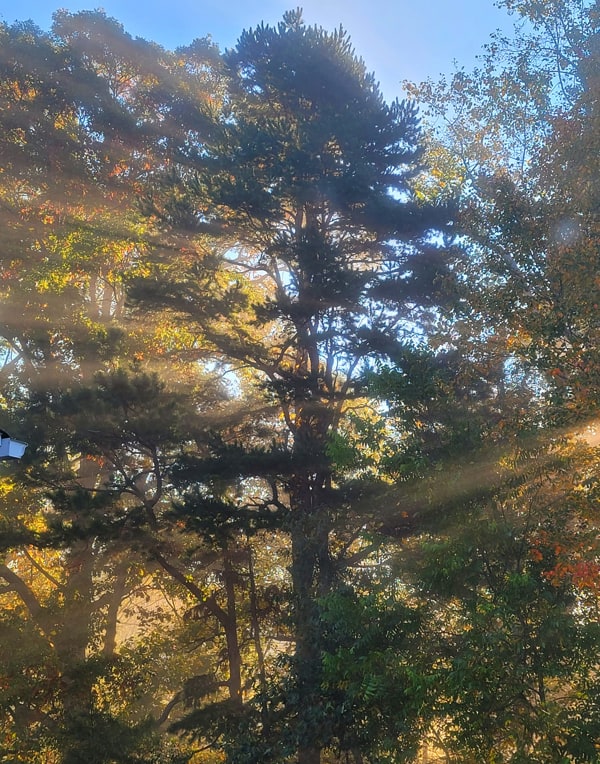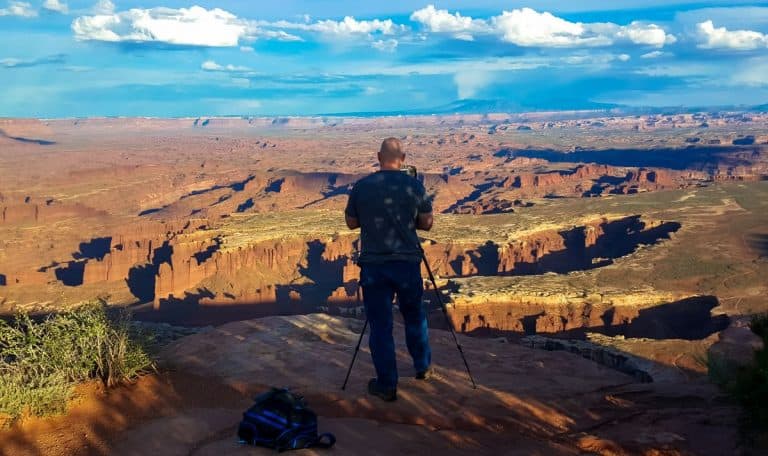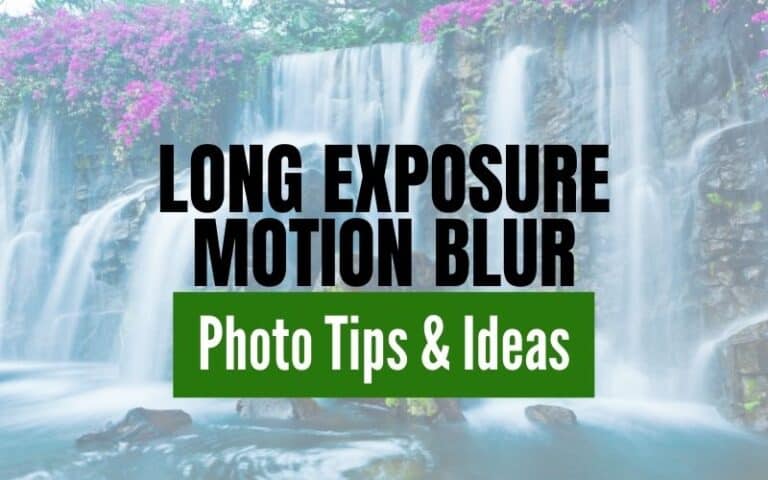Photo Ideas for Using Contrast in Photography
Using contrast in photography composition refers to establishing striking differences between elements within an image.
There are different methods of utilizing contrast in photographs to create interest and impact, enhance balance, and set mood.
Below we share tips for taking pictures that showcase contrast. Use them in addition to basic photography techniques to compose your image.
Use the photo ideas below to inspire you to get out and capture your own contrast images.

This site contains affiliate links which means WE may receive commissions for purchases made through these links. We only provide links to products we actually use and/or wholeheartedly recommend! As an Amazon Associate, we earn from qualifying purchases. Read the full Disclosure Policy.
Camera Gear for Landscape Photography
- Tripod: take a look at these compact and lightweight travel tripods!
- Camera Bag: protect your camera from sand and water → We use Lowepro camera backpacks for outdoor photography.
- Neutral density filter: to compensate for variance of light you’ll need to use a neutral density filter. → Check out the Kase magnetic filters we use!
- Camera cleaning kit: remove dust or water that WILL get on your lens. NOTE: this is not for cleaning the sensor.
- Memory cards: purchase name brand memory cards since you’re trusting your images to the card! → We use Lexar and Sandisk!
- External hard drive: copy photos to a portable external hard drive ‘just in case’.
- Headlamp: use when taking sunrise and sunset photos!
Using Contrast in Photography
Take a look at these photos using contrast shared by members of our Facebook Group, Your Photography Journey.
Use the tips and ideas for inspiration to get out and photograph your own images with contrast.
High Contrast
Contrast is one of the great tools in photography for creating visual impact.
When you apply contrast in a composition, it creates a specific mood in a photograph.

In the photo above by Roy Goldsberry, he has used High Contrast to showcase the striking difference in the bright tones and opposing dark tones that is at once eye catching and moody.
Marilyn Switzer really captures our attention in her brilliant High Contrast fiery capture.

Here again the striking difference between very bright tones and very dark tones is used in this composition to create a stunning photograph.
Low Contrast
In color photos with Low Contrast, you will see colors that are closer in tone, like yellow and orange, blue and green, or red and purple.
In this photograph, David Joyner employed a Low Contrast approach to composition.

There is no striking difference in the photo since it consists of similar colors and tones.
Including an element with a different tint or shade won’t be a strong contrast, but it does help the subject to stand out.
A low contrast image is one with almost no highlights or shadows; all the tones are very similar one to the other as seen in the photo below by David Joyner.

Low Contrast photography is great for moody landscapes, portraits, or when you want to feature a scene with soft, warm tones.
Black and White
Black and white images are ideal for incorporating the tonal qualities of contrast to establish interest, mood and impact in photographs.

This capture rendered in black and shite by David Debord is a spectacular example of the visual impact of tonal contrast.
The interest of the viewer is captured and held by the striking differences in the black and white tones.
Another stunning image by David Debord further illustrates the impact of contrast in a black and white photograph.

The lines and perspective of the image are really enhanced by the awesome contrast utilized in the composition.
Tonal Contrast
Tonal contrast is created when light tones and dark tones lie alongside each other.

Ange Snoddon captured the Tonal Contrast of this scene created by the difference in brightness between the color and dark areas.
Sunrise and sunset times can be ideal for photographing Tonal Contrast.
Color Contrast
A striking contrast of colors can be very useful in creating impact, and in isolating subjects in a photograph.
William Holmes has used Color Contrast in this amazing capture to isolate the subject and create a real sense of depth.

The stunning tonal difference between the white and yellow of the flower and the background of vibrant green create immediate interest for the viewer.
Here’s another example of Color Contrast by William Holmes.

Filling the frame puts the focus on the teal and purple plant while the dead leaves frame the colored subject.
Texture Contrast
Contrast can be expressed in a photograph through the use of different textures.
In this really cool capture by Alfredo Cruz the contrast in textures establishes a firm and layered separation between the foreground, midground and background.

The well stated differences between the vegetation, the rock, and the fog establishes a defined contrast in the composition that creates a sense of realistic depth using layers in the photograph.
We love the Textural Contrast in this photo by Cheryl Nemecek!

When photographing trees, one technique is to capture the light and shadows that accentuate the various textures of the trunks, leaves and sunbeams.
Conceptual Contrast
Kelly Benton has taken a fantastic photograph that really delivers an impactful Conceptual Contrast.

The idea of Conceptual Contrast is to look for something that stands out and has strong color in comparison to its surroundings.
And the image should engage the viewer or tell a story as this desert scene does!








